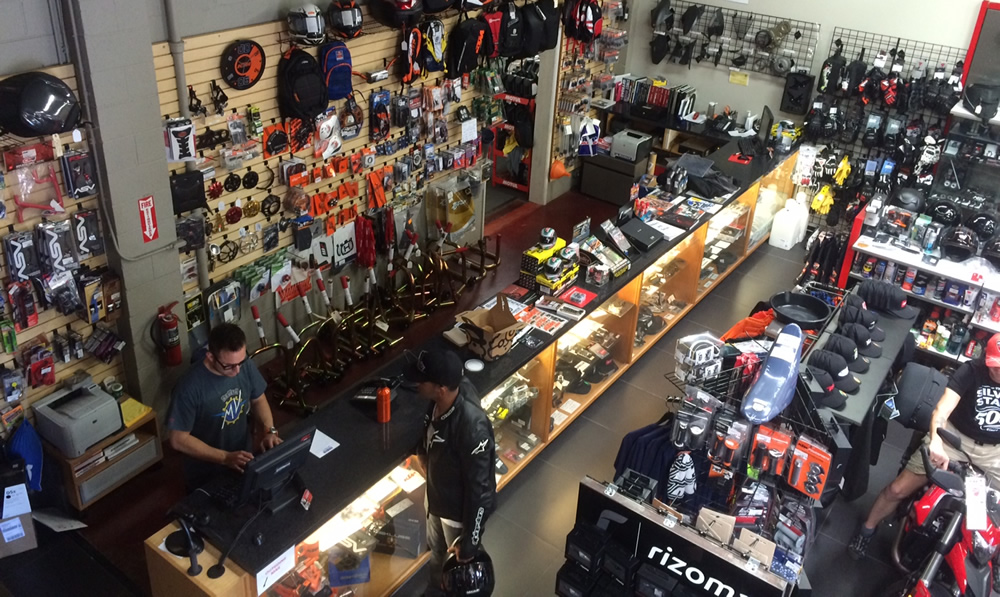Must-Have Motocross Gear: Raise Your Riding Experience Today
Comprehending the Important Parts of a Motorcycle: A Comprehensive Overview for Lovers
For motorbike lovers looking to raise their riding experience and guarantee their bikes run efficiently, comprehending the necessary elements of a bike is paramount. Each element, from the engine's complex functions to the critical role of the stopping systems, not just impacts performance yet additionally safety and security and convenience.
Engine Parts

The camshaft plays a vital function in managing the timing of the engine's shutoffs, making sure the exact opening and closing essential for effective gas and air intake, along with exhaust expulsion. This timing is critical to keeping ideal engine efficiency and effectiveness. Additionally, the carburetor or fuel shot system, depending upon the motorcycle version, is accountable for blending air with gas in the proper proportion for burning.
The cooling system, either air or liquid-based, works to preserve the engine's temperature level within functional limitations, protecting against getting too hot and making certain durability - moto parts nz. Each element, meticulously developed and incorporated, contributes to the seamless operation of the engine, defining the motorbike's power result and overall performance
Transmission System
Indispensable to the motorbike's performance, the transmission system makes sure reliable power transfer from the engine to the wheels. This system comprises a number of essential components, including the clutch, transmission, and last drive, each playing an essential duty in equating the engine's power into motion. The clutch, normally operated by a hand lever, serves to engage and disengage the engine from the transmission, enabling smooth gear modifications and controlled acceleration.
The gearbox, often referred to as the transmission proper, contains a set of equipments that motorcyclists can by hand move through to change the bike's rate and torque output. These gears are prepared in a sequence that allows the bike to accelerate efficiently and preserve optimal engine efficiency throughout various rates. The majority of bikes use a consecutive transmission, needing the biker to shift equipments in a predetermined order.
Braking Mechanisms
While recognizing the transmission system is crucial to using a bike's power, similarly essential is the ability to manage and quit that power successfully, which is where braking devices come into play. Brakes are vital for safety and security and performance, giving the motorcyclist with the needed control to navigate numerous terrains and conditions. Usually, motorcycles include two kinds of stopping systems: disc brakes and drum brakes.
Disc brakes are more widespread in modern-day motorcycles as a result of their premium performance. They consist of a brake disc, caliper, and pads. When turned on, the caliper squeezes the brake pads versus the spinning disc, transforming kinetic power into heat, thus reducing the wheel. This system supplies much better warm dissipation, regular efficiency, and enhanced stopping power, specifically in wet conditions.
Alternatively, drum brakes, though less usual, are still located in some motorcycles. They work by pushing brake shoes against the inner surface area of a drum connected to the wheel. While generally less effective in heat dissipation and quiting power, drum brakes are easier and more affordable.
Comprehending these stopping systems' nuances permits bikers to keep their bikes properly and appreciate the engineering that guarantees risk-free and effective stopping.
Suspension and Steering
Suspension and steering systems are important parts that significantly influence a motorcycle's handling and ride comfort. The suspension system, consisting of forks at the front and shock absorbers at the rear, absorbs road abnormalities, enhancing security and control. Front forks, commonly telescopic or inverted, compress and rebound to alleviate influences, while back shock absorbers preserve tire contact with the roadway, critical for grip and safety and security.
Guiding, focused around the handlebars, attaches the cyclist to the bike's directional control. The guiding head bearings make certain smooth operation, permitting exact ability to move. Appropriate placement and upkeep of these bearings are vital for foreseeable steering action and minimizing biker fatigue.
The suspension's adjustability is an additional vital element; preload, damping, and rebound settings permit modification to suit various riding styles and problems. This flexibility is vital for enhancing efficiency, whether browsing city streets or dealing with sturdy tracks. Innovations like digital shock absorber provide real-time adjustments, boosting ride quality throughout diverse surfaces.

Electric Systems
After guaranteeing a smooth and controlled ride through efficient suspension and steering systems, focus turns to the electric systems, an essential element of modern-day motorcycles. These systems play a critical duty not just in beginning the engine however additionally in powering various components that boost the functionality and security of the bike.
At the heart of a bike's electrical system is the battery, which shops electrical energy needed for starting the engine and powering auxiliary systems - moto parts nz. The alternator or generator, combined with the rectifier-regulator, guarantees the battery continues to be charged while the motorbike is in procedure, transforming mechanical power into electrical power and keeping voltage levels
The ignition system, an additional critical component, is accountable for stiring up the air-fuel blend in the engine's cylinders. Modern motorcycles frequently use an electronic ignition system, offering greater effectiveness and dependability compared to standard systems.
Lights systems, consisting of headlights, tail lights, and signs, are likewise vital, guaranteeing presence and safety and security for the motorcyclist. Added digital components such as sensors, control devices, company website and presents add to advanced features like fuel shot monitoring, anti-lock stopping systems (ABS), and electronic control panels, additionally improving the riding experience.
Conclusion
A comprehensive comprehension of a motorbike's vital components, consisting of the engine, transmission system, braking devices, suspension, guiding, and electrical systems, is indispensable for lovers intending to enhance comfort, security, and efficiency. Mastery of these aspects enables informed decisions pertaining to maintenance and upgrades, inevitably enhancing the riding experience. By incorporating this expertise, cyclists can ensure their bikes operate at peak effectiveness and reliability, thereby making the most of both satisfaction and longevity of their motorcycle bum bag cars.
For bike fanatics looking to raise their riding experience and guarantee their bikes run efficiently, understanding the essential components of a motorcycle is vital.Indispensable to the motorcycle's functionality, the transmission system ensures effective power transfer from the engine to the wheels.While recognizing the transmission system is key to taking advantage of a motorbike's power, just as essential is the capacity to regulate and quit that power successfully, which is where stopping devices come right into play. Usually, motorcycles include 2 kinds of stopping systems: off road motorcycle boots disc brakes and drum brakes.
An extensive comprehension of a motorbike's necessary parts, consisting of the engine, transmission system, stopping systems, suspension, guiding, and electric systems, is crucial for fanatics aiming to enhance safety, convenience, and efficiency.